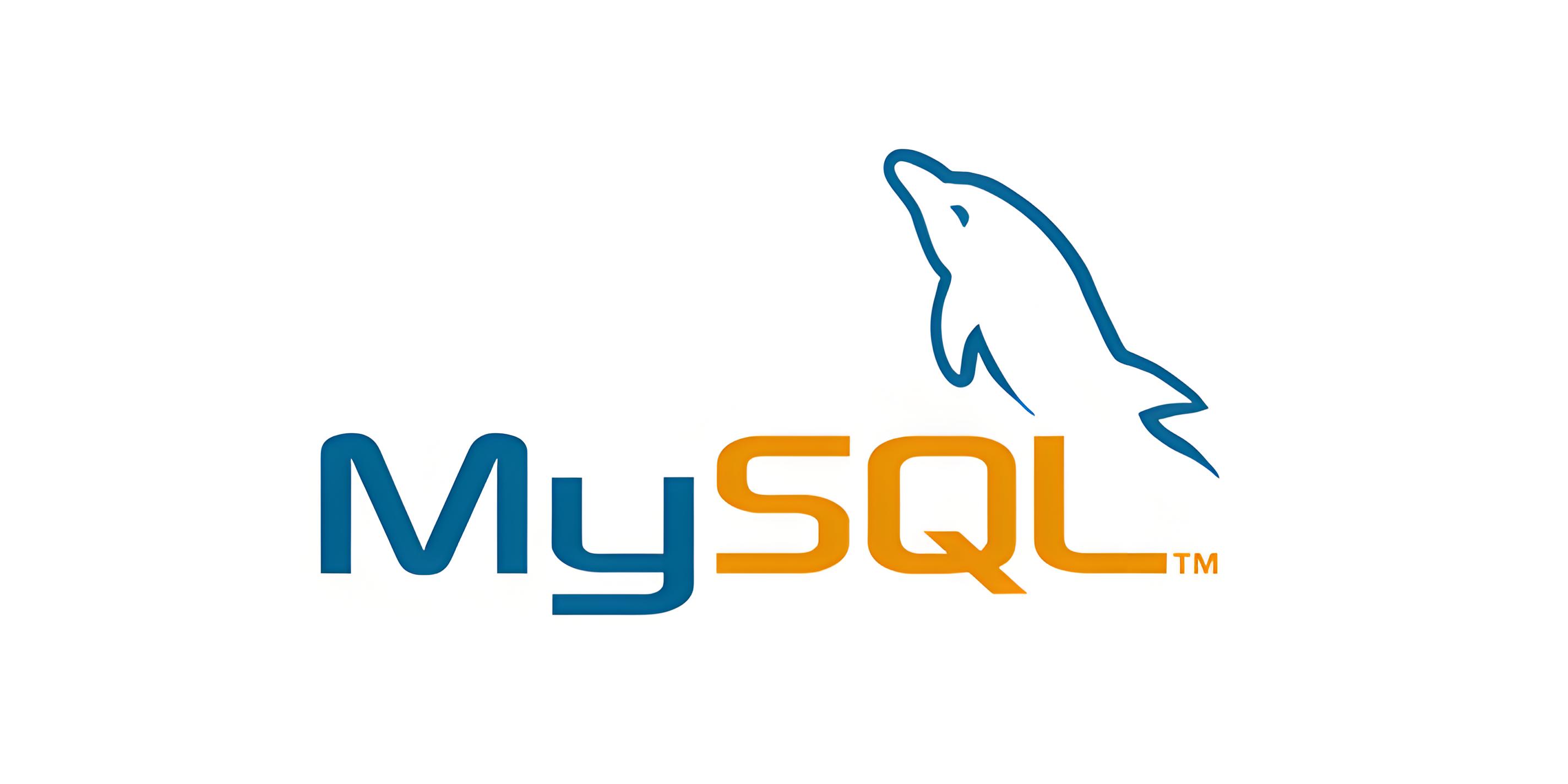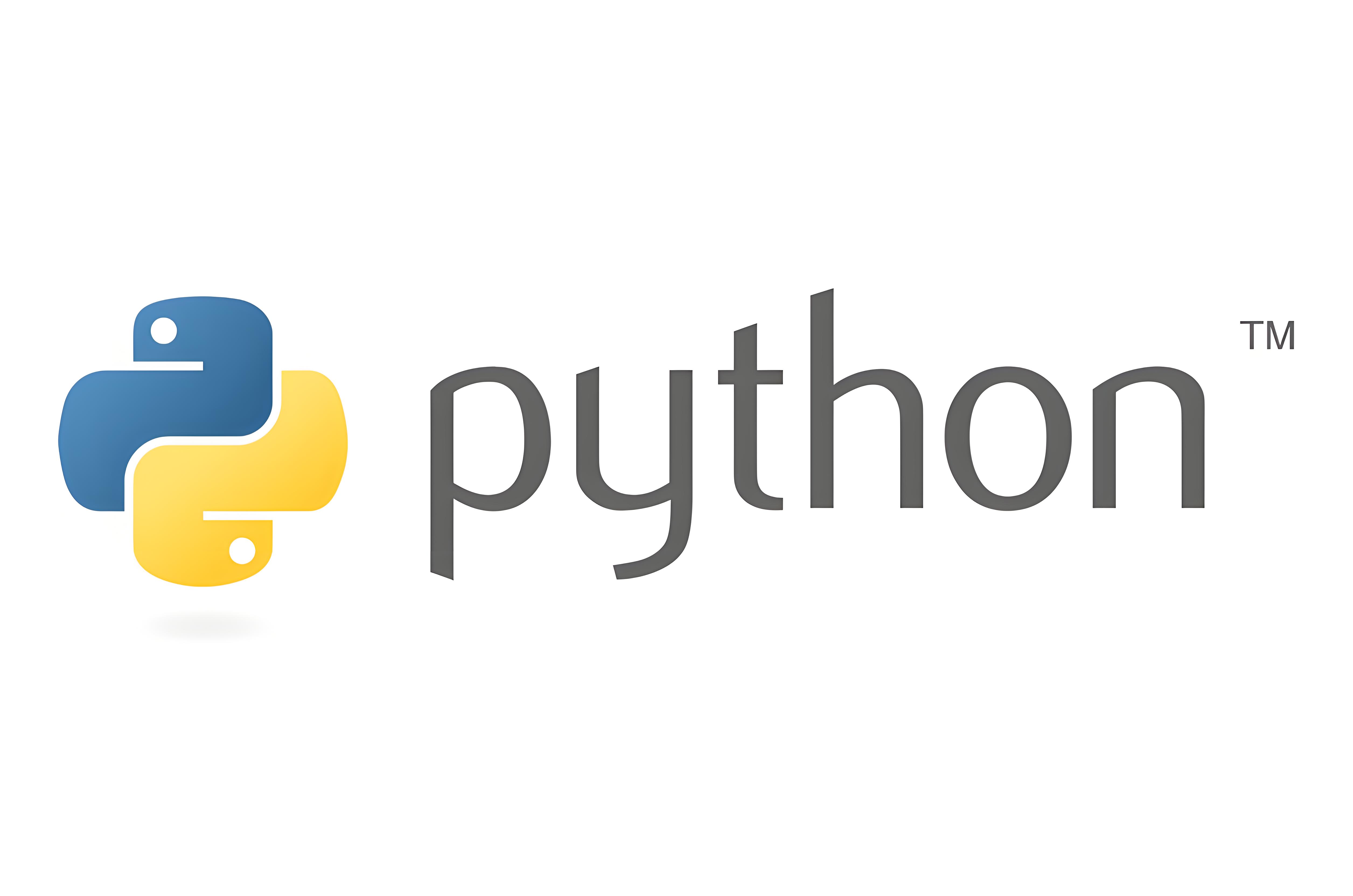这篇文章相对入门地介绍了MySQL里的相关语法和使用,并结合Python + Flask框架初步探索里网页开发。
1. MySQL入门
1.1 启动MySQL:
1.2 查看已有数据库:
1 2 3 4 5 6 7 8 9 10 mysql> show databases; + | Database | + | information_schema | | mysql | | performance_schema | | sys | | test | +
1.3 创建数据库:
1 create database 数据库名 DEFAULT CHARSET utf8 COLLATE utf8_general_ci;
1.4 删除数据库:
1.5 进入数据库:
1.6 查看数据库下所有数据表:
1 2 3 4 5 6 mysql> show tables; + | Tables_in_test | + | tb1 | +
1.7 创建表:
1 2 3 4 5 create table 表名( 列名 类型, 列名 类型, 列名 类型 ) default charset= utf8;
1 2 3 4 5 create table tb1( id int , name varchar (16 ), age int ) default charset= utf8;
1 2 3 4 5 create table tb1( id int , name varchar (16 ) not null , age int null ) default charset= utf8;
1 2 3 4 5 create table tb1( id int , name varchar (16 ) not null , age int default 3 ) default charset= utf8;
1 2 3 4 5 create table tb1( id int primary key , name varchar (16 ), age int ) default charset= utf8;
1 2 3 4 5 create table tb1( id int auto_increment primary key , name varchar (16 ), age int ) default charset= utf8;
1.8 删除表
1.9 展示表信息
1 2 3 4 5 6 7 8 9 mysql> desc tb1; + | Field | Type | Null | Key | Default | Extra | + | id | int | NO | PRI | NULL | auto_increment | | name | varchar (16 ) | YES | | NULL | | | age | int | YES | | NULL | | + 3 rows in set (0.01 sec)
2 常见数据类型
2.1 int整型
1 2 有符号,取值范围:-128~127(有正有负)[默认] 无符号,取值范围:0~255(只有正)
有符号,取值范围:-128~127(有正有负)[默认]
1 2 3 4 5 create table tb2( id int auto_increment primary key , name varchar (16 ), age tinyint ) default charset= utf8;
1 2 3 4 5 create table tb2( id int auto_increment primary key , name varchar (16 ), age tinyint unsigned ) default charset= utf8;
1 2 3 4 5 int 有符号,-2147483648~2147483647 int unsigned 无符号,0~4294967295
1 2 3 4 5 bigint 有符号,范围更大 bigint unsigned 无符号,范围更大
练习:整型
1 2 3 4 5 create table tb2( id bigint auto_increment primary key , salary int , age tinyint ) default charset= utf8;
1 2 3 4 insert into tb2(salary, age) values (10000 , 18 );insert into tb2(salary, age) values (20000 , 28 );insert into tb2(salary, age) values (30000 , 38 ), (40000 ,40 );
1 2 3 4 5 6 7 8 9 10 mysql> select * from tb2; + | id | salary | age | + | 1 | 10000 | 18 | | 2 | 20000 | 28 | | 3 | 30000 | 38 | | 4 | 40000 | 40 | + 4 rows in set (0.00 sec)
2.2 浮点数
1 2 准确的小数,m是数字总个数(负号不算),d是小数后个数。 m最大为65,d最大为30
例如
1 2 3 4 5 6 7 8 9 10 create table tb3( id int primary key auto_increment, salary decimal (8 , 2 ) ) default charset= utf8; insert into tb3(salary) values (1.28 );insert into tb3(salary) values (5.289 );insert into tb3(salary) values (1.282 ); select * from tb3;
1 2 3 4 5 6 7 8 9 mysql> select * from tb3; + | id | salary | + | 1 | 1.28 | | 2 | 5.29 | | 3 | 1.28 | + 3 rows in set (0.00 sec)
2.3 字符串
1 2 3 4 5 6 7 8 定长字符串,速度快 m<= 225 create table tb4( id int auto_increment primary key , mobile char (11 ) ) default charset= utf8;
1 2 3 4 5 6 7 8 变长字符串,节省空间 m<= 65535 bit create table tb4( id int auto_increment primary key , mobile varchar (11 ) ) default charset= utf8;
1 2 3 4 5 6 7 变长的大字符串,可以有65535 (2 * * 16 -1 )个字符,一般用于长文本 create table news( id int auto_increment primary key , title varchar (128 ), content text ) default charset= utf8;
2.4 时间
1 YYYY- MM- DD HH:MM:SS (1000 -01 -01 00 :00 :00 / 9999 -12 -31 23 :59 :59 )
1 YYYY- MM- DD (1000 -01 -01 / 9999 -12 -31 )
练习题:用户表
1 2 3 4 5 6 7 8 9 create table account( id int primary key auto_increment, name varchar (64 ) not null , password char (64 ) not null , email varchar (64 ) not null , age tinyint, salary decimal (10 , 2 ), ctime datetime ) default charset= utf8;
1 insert into account(name, password, email, age, salary, ctime) values ("Mike", "123", "xx@live.com", 19 , 1000.20 , "2023-12-11 11:11");
1 2 3 4 5 6 7 mysql> select * from account; + | id | name | password | email | age | salary | ctime | + | 1 | Mike | 123 | xx@live .com | 19 | 1000.20 | 2023 -12 -11 11 :11 :00 | + 1 row in set (0.01 sec)
3. 数据行操作
3.1 增加数据
1 2 3 4 insert into 表名(列1 , 列2 ) values (值, 值);insert into 表名(列1 , 列2 ) values (值, 值);insert into 表名(列1 , 列2 ) values (值, 值), (值, 值), (值, 值), (值, 值);
3.2 删除数据
1 2 3 4 delete from 表名;delete from 表名 where 条件;delete from 表名 where 条件 and 条件;delete from 表名 where 条件 or 条件;
1 2 3 4 5 delete from account;delete from account where id= 3 ;
3.3 修改数据
1 2 3 update 表名 set 列= 值;update 表名 set 列= 值, 列= 值;update 表名 set 列= 值 where 条件;
1 2 3 4 update account set password= "hahahah";update account set email= "qwqwqw" where id> 5 ;update account set age= age+ 3 where id> 5 ;
3.4 查询数据
1 2 3 select * from 表名;select 列名, 列名 from 表名;select 列名, 列名 from 表名 where 条件;
1 2 3 select * from account;select name, email from account;select name, email from account where id> 3 ;
4. 员工管理案例
4.1 要求
1 2 3 4 5 6 表名:admin 列: id:主键,自增 username:字符串,不为空 password:字符串,不为空 mobile:字符串,不为空
4.2 mysql创建
1 create database unicom DEFAULT CHARSET utf8 COLLATE utf8_general_ci;
1 2 3 4 5 6 7 8 use unicom; create table admin( id int not null auto_increment primary key , username varchar (16 ) not null , password varchar (64 ) not null , mobile char (11 ) not null ) default charset= utf8;
4.3 python操作
4.3.1 简单创建和操作
1 2 3 4 5 6 7 8 9 10 11 12 13 import pymysqlconn = pymysql.connect(host="127.0.0.1" , port=3306 , user="root" , passwd="<PASSWORD>" , charset='utf8' , db='unicom' ) cursor = conn.cursor(cursor=pymysql.cursors.DictCursor) cursor.execute('insert into admin(username,password,mobile) values("mike","abc123","12345678901")' ) conn.commit() cursor.close() conn.close()
1 2 3 4 5 6 mysql> select * from admin; + | id | username | password | mobile | + | 1 | mike | abc123 | 12345678901 | +
1 2 3 4 sql = 'insert into admin(username,password,mobile) values(%s,%s,%s)' cursor.execute(sql, ["Ann" , "qwe456" , "09876543211" ]) conn.commit()
1 2 3 4 5 6 7 mysql> select * from admin; + | id | username | password | mobile | + | 1 | mike | abc123 | 12345678901 | | 3 | Ann | qwe456 | 09876543211 | +
1 2 3 4 sql = 'insert into admin(username,password,mobile) values(%(n1)s,%(n2)s,%(n3)s)' cursor.execute(sql, {"n1" :"Cindy" , "n2" :"zxc789" , "n3" :"56473829101" }) conn.commit()
1 2 3 4 5 6 7 8 mysql> select * from admin; + | id | username | password | mobile | + | 1 | mike | abc123 | 12345678901 | | 3 | Ann | qwe456 | 09876543211 | | 5 | Cindy | zxc789 | 56473829101 | +
4.3.2 在python终端动态创建
1 2 3 4 5 6 7 8 9 10 11 12 13 14 15 16 17 18 19 20 21 22 import pymysqlwhile True : print ("请输入信息,输入q退出" ) user = input ("用户名:" ) if user == "q" : break pwd = input ("密码:" ) mobile = input ("电话号码:" ) conn = pymysql.connect(host="127.0.0.1" , port=3306 , user="root" , passwd="Silence2004" , charset='utf8' , db='unicom' ) cursor = conn.cursor(cursor=pymysql.cursors.DictCursor) sql = 'insert into admin(username,password,mobile) values(%s,%s,%s)' cursor.execute(sql, [user, pwd, mobile]) conn.commit() cursor.close() conn.close()
4.3.3 查询数据
1 2 3 4 5 6 cursor.execute("select * from admin" ) data_list = cursor.fetchall() print (data_list)
1 2 3 4 5 6 7 [ {'id' : 1 , 'username' : 'mike' , 'password' : 'abc123' , 'mobile' : '12345678901' }, {'id' : 3 , 'username' : 'Ann' , 'password' : 'qwe456' , 'mobile' : '09876543211' }, {'id' : 5 , 'username' : 'Cindy' , 'password' : 'zxc789' , 'mobile' : '56473829101' }, {'id' : 6 , 'username' : 'Kage' , 'password' : 'slefln' , 'mobile' : '1412344' } ]
1 2 3 4 cursor.execute("select * from admin where id > %s" , [2 , ]) data_list = cursor.fetchall() print (data_list)
1 2 3 4 5 [ {'id' : 3 , 'username' : 'Ann' , 'password' : 'qwe456' , 'mobile' : '09876543211' }, {'id' : 5 , 'username' : 'Cindy' , 'password' : 'zxc789' , 'mobile' : '56473829101' }, {'id' : 6 , 'username' : 'Kage' , 'password' : 'slefln' , 'mobile' : '1412344' } ]
1 2 3 4 cursor.execute("select * from admin where id > %s" , [2 , ]) res = cursor.fetchone() print (res)
1 {'id' : 3 , 'username' : 'Ann' , 'password' : 'qwe456' , 'mobile' : '09876543211' }
4.3.4 删除数据
1 2 3 4 5 cursor.execute("delete from admin where id = %s" , [5 , ]) conn.commit()
1 2 3 4 5 6 7 8 9 10 11 12 13 14 15 16 17 18 19 20 mysql> select * from admin; + | id | username | password | mobile | + | 1 | mike | abc123 | 12345678901 | | 3 | Ann | qwe456 | 09876543211 | | 5 | Cindy | zxc789 | 56473829101 | | 6 | Kage | slefln | 1412344 | | 7 | John | adkadkaw | 134231 | + mysql> select * from admin; + | id | username | password | mobile | + | 1 | mike | abc123 | 12345678901 | | 3 | Ann | qwe456 | 09876543211 | | 6 | Kage | slefln | 1412344 | | 7 | John | adkadkaw | 134231 | +
4.3.5 修改数据
1 2 3 4 5 cursor.execute("update admin set mobile=%s where id=%s" , [123 , 1 , ]) conn.commit()
1 2 3 4 5 6 7 8 9 10 11 12 13 14 15 16 17 18 19 mysql> select * from admin; + | id | username | password | mobile | + | 1 | mike | abc123 | 12345678901 | | 3 | Ann | qwe456 | 09876543211 | | 6 | Kage | slefln | 1412344 | | 7 | John | adkadkaw | 134231 | + mysql> select * from admin; + | id | username | password | mobile | + | 1 | mike | abc123 | 123 | | 3 | Ann | qwe456 | 09876543211 | | 6 | Kage | slefln | 1412344 | | 7 | John | adkadkaw | 134231 | +
4.4 总结
1 2 cursor.execute(".." ) conn.commit()
在查询时,不需要commit,但要fetchall/fetchone
1 2 3 4 5 6 cursor.execute(".." ) ans1 = cursor.fetchone() ans2 = cursor.fetchall()
不要用python的字符串格式化,一定要execute
1 2 cursor.execute("...%s ...%s ...%s" , [".." , ".." , ".." , ]) conn.commit()
5. 案例:Flask + MySQL
5.1 新增用户
1 2 3 4 5 6 7 8 9 10 11 12 13 14 15 16 <!DOCTYPE html > <html lang ="en" > <head > <meta charset ="UTF-8" > <title > Title</title > </head > <body > <h1 > 添加用户</h1 > <form method ="POST" action ="/add/user" > <input type ="text" name ="user" placeholder ="用户名" > <input type ="password" name ="pwd" placeholder ="密码" > <input type ="text" name ="mobile" placeholder ="手机号" > <input type ="submit" value ="提 交" > </form > </body > </html >
1 2 3 4 5 6 7 8 9 10 11 12 13 14 15 16 17 18 19 20 21 22 23 24 25 26 27 28 29 30 31 from flask import Flask, render_template, requestimport pymysqlapp = Flask(__name__) @app.route('/add/user' , methods=['GET' , 'POST' ] def add_user (): if request.method == 'GET' : return render_template("add_user.html" ) user = request.form.get("user" ) password = request.form.get("pwd" ) mobile = request.form.get("mobile" ) conn = pymysql.connect(host="127.0.0.1" , port=3306 , user="root" , passwd="<PASSWORD>" , charset='utf8' , db='unicom' ) cursor = conn.cursor(cursor=pymysql.cursors.DictCursor) sql = "insert into admin(username,password,mobile) values(%s,%s,%s)" cursor.execute(sql, [user,password,mobile]) conn.commit() cursor.close() conn.close() return "添加成功" if __name__ == '__main__' : app.run(debug=True )
1 2 3 4 5 6 mysql> select * from admin; + | id | username | password | mobile | + | 8 | somebody | 123 | 12345 | +
5.2 查询并输出到页面
1 2 3 4 5 6 7 8 9 10 11 12 13 14 15 16 17 18 19 20 21 22 23 24 25 26 27 28 29 30 31 32 <!DOCTYPE html > <html lang ="en" > <head > <meta charset ="UTF-8" > <title > Title</title > </head > <body > <h1 > 用户列表</h1 > <table border ="1" > <thead > <tr > <th > ID</th > <th > 姓名</th > <th > 密码</th > <th > 手机号</th > </tr > </thead > <tbody > {% for item in data_list %} <tr > <td > {{ item.id }}</td > <td > {{ item.username }}</td > <td > {{ item.password }}</td > <td > {{ item.mobile }}</td > </tr > {% endfor %} </tbody > </table > </body > </html >
1 2 3 4 5 6 7 8 9 10 11 12 13 14 15 16 @app.route('/show/user' , methods=['GET' , 'POST' ] def show_user (): conn = pymysql.connect(host="127.0.0.1" , port=3306 , user="root" , passwd="<PASSWORD>" , charset='utf8' , db='unicom' ) cursor = conn.cursor(cursor=pymysql.cursors.DictCursor) sql = "select * from admin" cursor.execute(sql) data_list = cursor.fetchall() cursor.close() conn.close() return render_template("show_user.html" , data_list=data_list)





